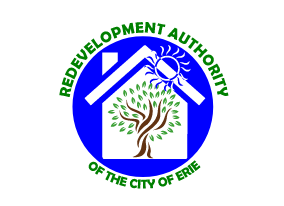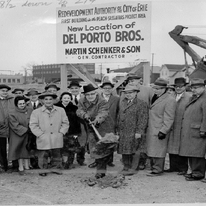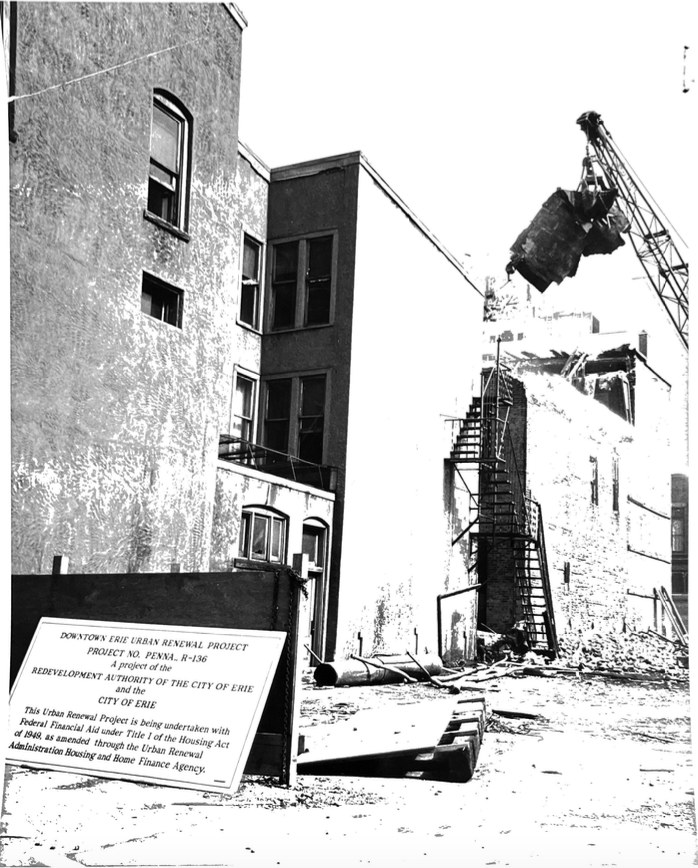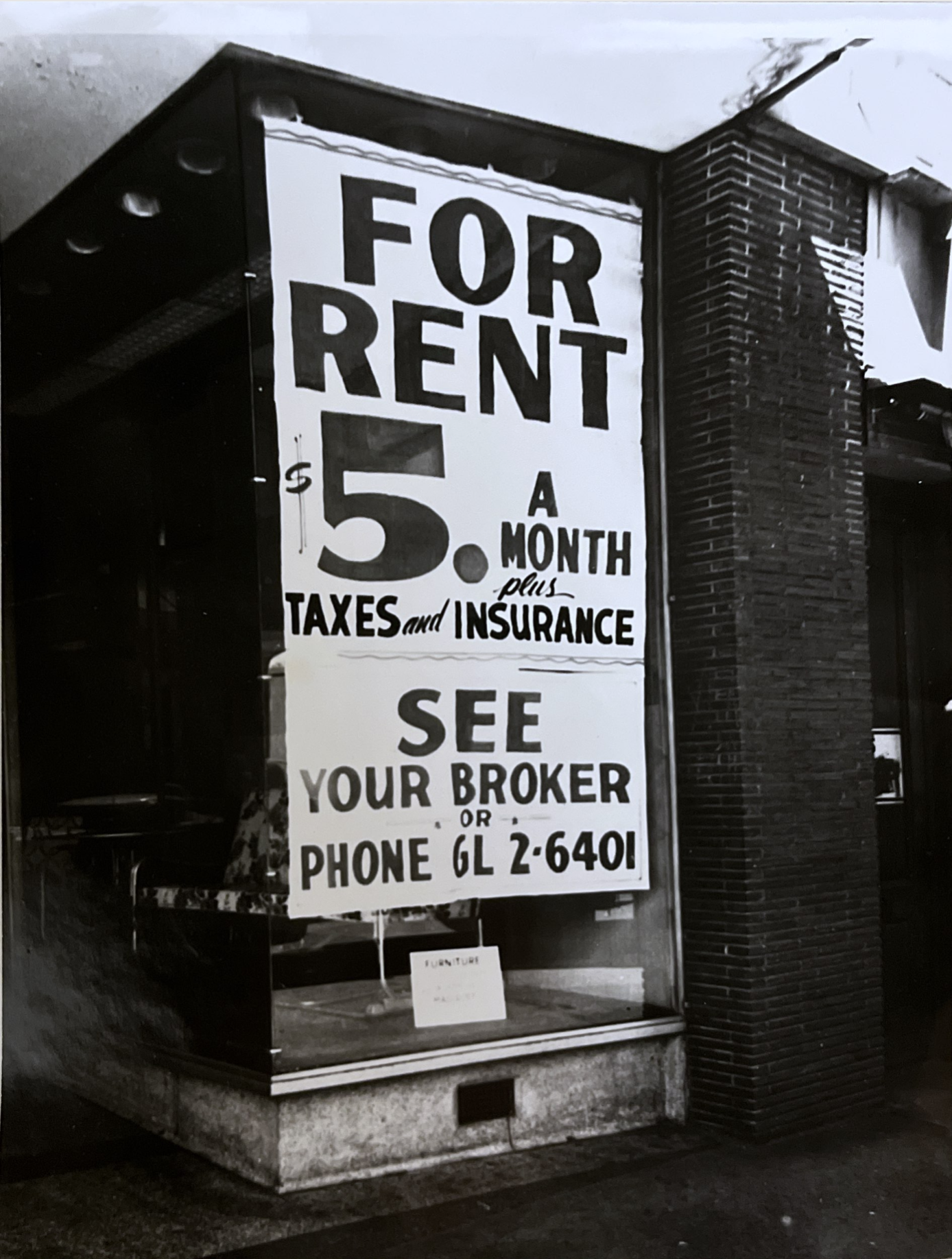The beginning
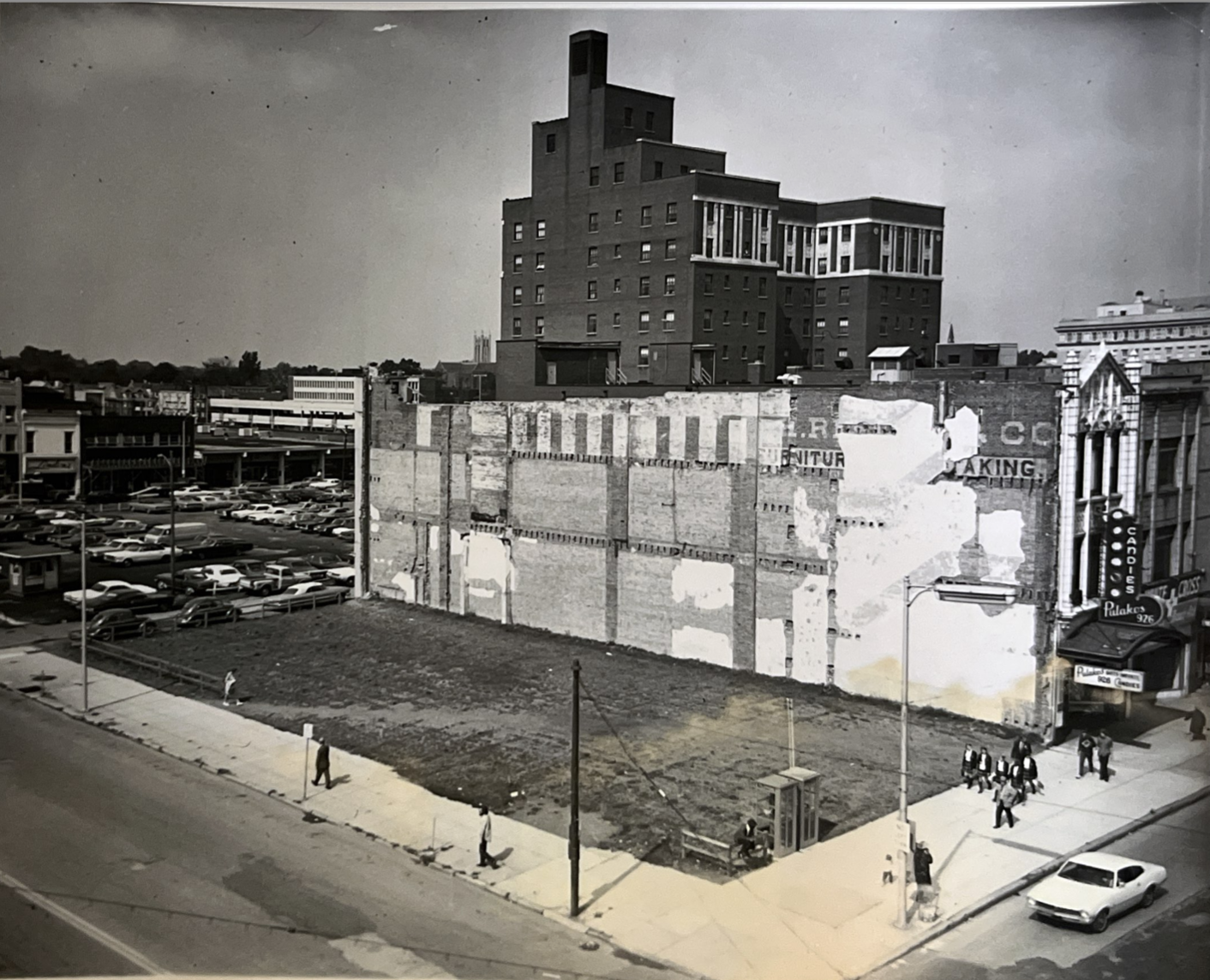
On August 8, 1955 the Redevelopment Authority Of The City of Erie (RACE) was incorporated. The problems facing Erie and many northern cities at the time were the continuing loss of industry, population and property value. Since it's inception sixty-eight years ago, the Redevelopment Authority of The City of Erie has been an important contributor to the rebirth of the City of Erie. RACE's philosophy is to provide a lasting benefit to the people of Erie and not solely on the execution of the renewal process. The task of revitalization is not the responsibility of one organization, but the effort of the entire community. The Redevelopment Authority of The City of Erie was created under the Act known as the "Urban Redevelopment Law".
On February 15, 1956, City Council appointed Thomas Hoffman as the first Executive Director of RACE. On July 30, 1957, City Council approved the $5 million Peach-Sassafras Street Project. The project was one of the largest in Pennsylvania in terms of dollar volume at the time. It consisted of an 8-block area of "neighborhoods" with the worst commercial and residential decay in the city. The clearing of the land provided valuable space for new businesses such as the Erie Central Mall (one of the first enclosed malls in the country), the Erie School District Headquarters, a 5-Story Professional Building, and the new Holiday Inn with additional improvements being made to lighting, underground utilities, parking and traffic patterns.
The success of the Peach-Sassafras Street Project, lead City Council to endorse the Liberty-Sassafras Project on February 18, 1963. The project cost $6 million and included the area from 10th to 12th Street and between Liberty to Sassafras. The Liberty-Sassafras Project was completed on February 27, 1970. The project resulted in 24 industrial and commercial businesses being renewed and 27 acres of land being cleared and purchased for new and expanding businesses. Nearly 1700 existing jobs were kept in the city as well as an additional 1600 new jobs being created.
Downtown Urban Renewal Project (1965)
The success of these projects lead City Council to approve the Downtown Urban Renewal Project on February 2,1965. The problems facing the Central Business District at the time were not unique to Erie; the population was getting smaller and more and more businesses had moved out, causing the property value to fall. It wasn't an uncommon sight to see buildings abandoned or signs hanging in the windows reading "$5 a month rent plus tax". In order to revitalize the Central Business District, the goal of the Downtown Urban Renewal Project was to improve the tax base by keeping businesses in Erie.
The project was completed on December 31, 1979 with more than $60 million dollars being invested in the 12-block area. New buildings such as major office buildings, banks, department stores, variety stores, educational facilities and apartment complexes now stood where old ones used to. The Downtown Urban Renewal Project was expanded to include State Street from 10th to 14th Street and Peach to State Street. The State Street Project goal was to bring the tax base back by bringing businesses and shoppers back downtown. On August 20,1976, the project was completed. The results from the project included a $1.5 million Union Bank Office, the Robinson-Conner Bldg., the Urban Associate Bldg., the Visiting Nurses Assoc. Bldg., the Employment Security Office Bldg. with further improvements on lighting, parking and traffic flow.
The results from the project included City Hall, General Telephone Headquarters & Toll Bldg., Marine Bank office building, Hilton Hotel, First National Bank, a 600 car parking garage, Gannon University, Library, Gannon University Science Center, and the Sumner E. Nichols Bldg
Saint Vincent Hospital Urban Renewal Plan (1969)
Following the success of the Urban Renewal Projects, emphasis shifted from the public to the private sector. On June 18, 1969, City Council approved the Saint Vincent Hospital Urban Renewal Plan. The project encompassed the area between West 23rd to West 24th streets and from Sassafras to Myrtle Streets. It was coordinated between the Redevelopment Authority of The City of Erie and Saint Vincent Medical Center. The goal of the project was to create land so Saint Vincent could expand its facilities and continue to grow.
The benefits of the project included the relocation of numerous families and individuals to safe, decent, sanitary housing. The 15 story medical/apartment complex known as High Point Towers, was developed by private developers and was considered taxable property by the city, county and school real estate taxes. Home owners saw their property value increase with additional improvements on parking, lighting and traffic flow, further enhanced the view of the area.
Building community
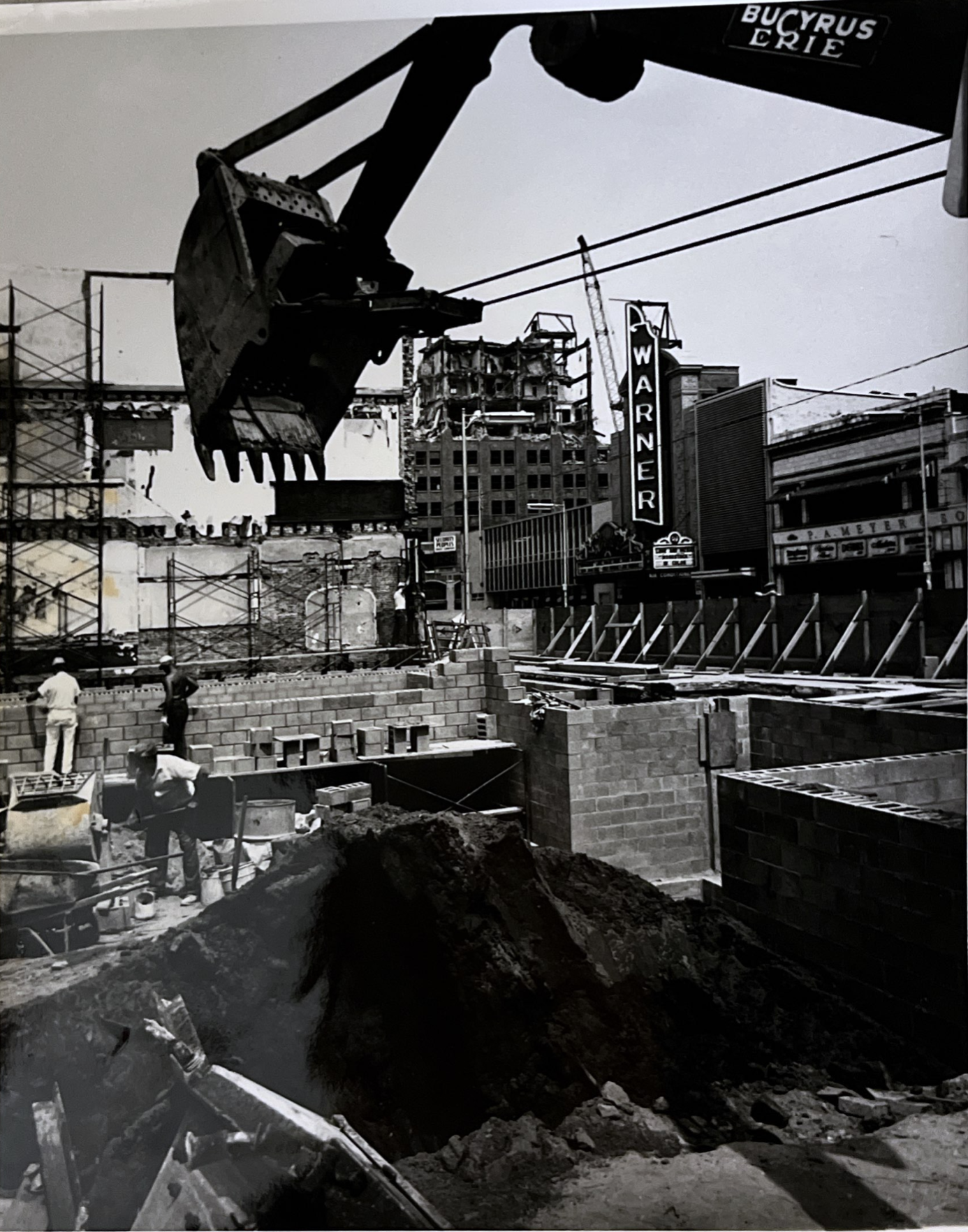
In the late 1960's, the City of Erie realized that in addition to bringing businesses and shoppers back downtown, it had a responsibility to the citizens of Erie. On May 14, 1969, City Council approved the French-Holland Street Project. The goal of the project was to remove some of the most deteriorated dwellings in the city and improve the safety in the area. One of the main strengths of the project was the Erie I Community Service Center designed to strengthen the community by reinforcing family values. The French-Holland Street projects remain successful today because of the continued support from State grant money. In 1989, over $100,000 was used in order to revitalize and rehabilitate this area and continue to make it a safe place to live.
Continuing their emphasis on helping the community, City Council approved the First Erie Better Housing. The projects area was located between East to East 17th, from Holland to German Streets. The goal of the project was to develop 40 townhouse complexes, improve the off street parking and create open spaces for recreational areas. An added benefit of the project was The Home Management Program begun by RACE in 1972. The design of the project was to offer occupants technical assistance by offering courses such as sewing, nutrition and financial management. The program helped some of the residents obtain jobs by helping them pass their G.E.D.'s, which helped them go from full welfare to supplemental welfare. Prior to the project, only 3 out of the 12 heads of the house had jobs, after the project 8 found jobs, 3 completed their G.E.D. and 1 started college.
Neighborhood development program (1972)
In 1972, RACE began the Neighborhood Development Program (NDP). The project was composed of 18 city blocks that were considered the highest priority redevelopment. The area was suffering from decline in both the population and in property values that resulted in abandoned and neglected homes.
The project's goal was to provide safe and decent housing for families and individuals. Under the Neighborhood Development Program, 81 families and individuals were relocated, 51 units were rehabilitated and $1 million dollars in site improvement has been provided including a boulevard between Holland and German Street.
When the N.D.P. was terminated in 1975, RACE started servicing as a subcontractor to the City of Erie for its Housing and Community Development Program. RACE was responsible for such projects as the Erie Civic Center, the West N.D.P., the Bayfront development and the residential and commercial relocation, acquisition, rehabilitation and demolition on Parade Street. A Community Development Commission was formed by individuals who used careful consideration in the planning of specific activities in this area. The CDC 's goal was to provide alternatives to the city to combat blight and urban decay. The Bayfront General Neighborhood Renewal Plan (BGNRP) was a similar plan designed to coordinate and evaluate the ideas of the residents in the area and evaluate their plans. Participants of this plan were, Gannon University, The Erie Insurance Exchange, Hamot Medical Center, The Pennsylvania Department of Highways, Erie Historical Society and other Bayfront groups. The Community Development Commission continues to serve the City today with State grant money being used in 1986 and 1989 to help revitalize older parts of the city.
Erie civic center project (1974-1983)
On December 13,1974, after years of negotiation, the Erie Civic Center Project won approval by the State at a cost $6.15 million. The plan called for the construction of a 7,000-seat arena for concerts, conventions and sporting events in the downtown area. The advantage of having the Civic Center downtown was an increase in pedestrian traffic and the financial impact on the merchants and hotels. However, the real benefit of the Civic Center was the way it was funded. Unlike most civic centers that are financed through bonds, the Erie Civic Center was funded by federal and state taxes.
The Mayor Louis J. Tullio Convention Center (Civic Center) was completed on June 7,1983 at a cost of $10.4 million. Today it holds many events such as hockey games, college and high school basketball games, and a variety of concerts and conventions. State funds had been used in 1985 for site improvements totaling $24,816 for basic upkeep of the Civic Center.
Bayfront Urban Development Action Grant (1980-1993)
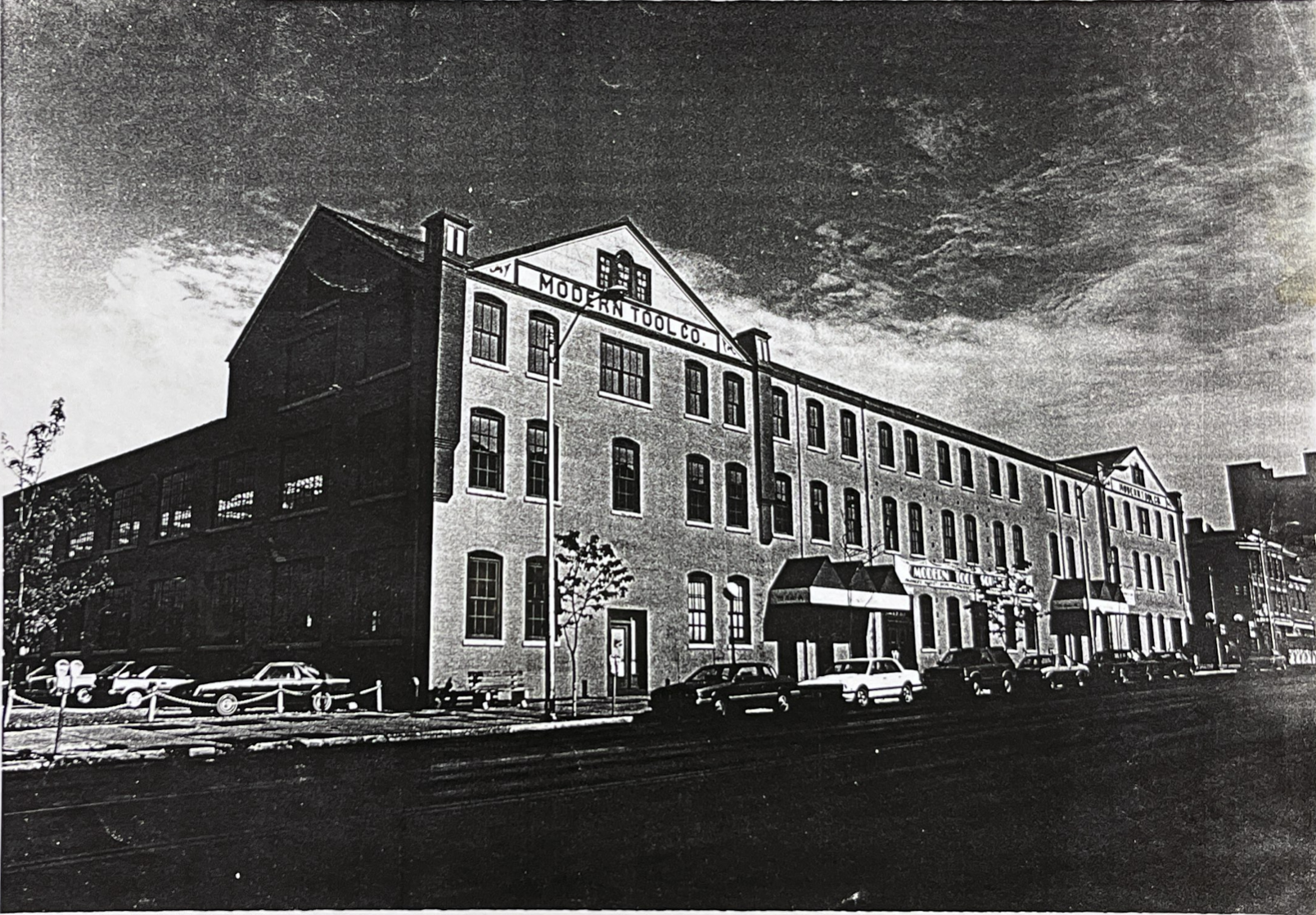
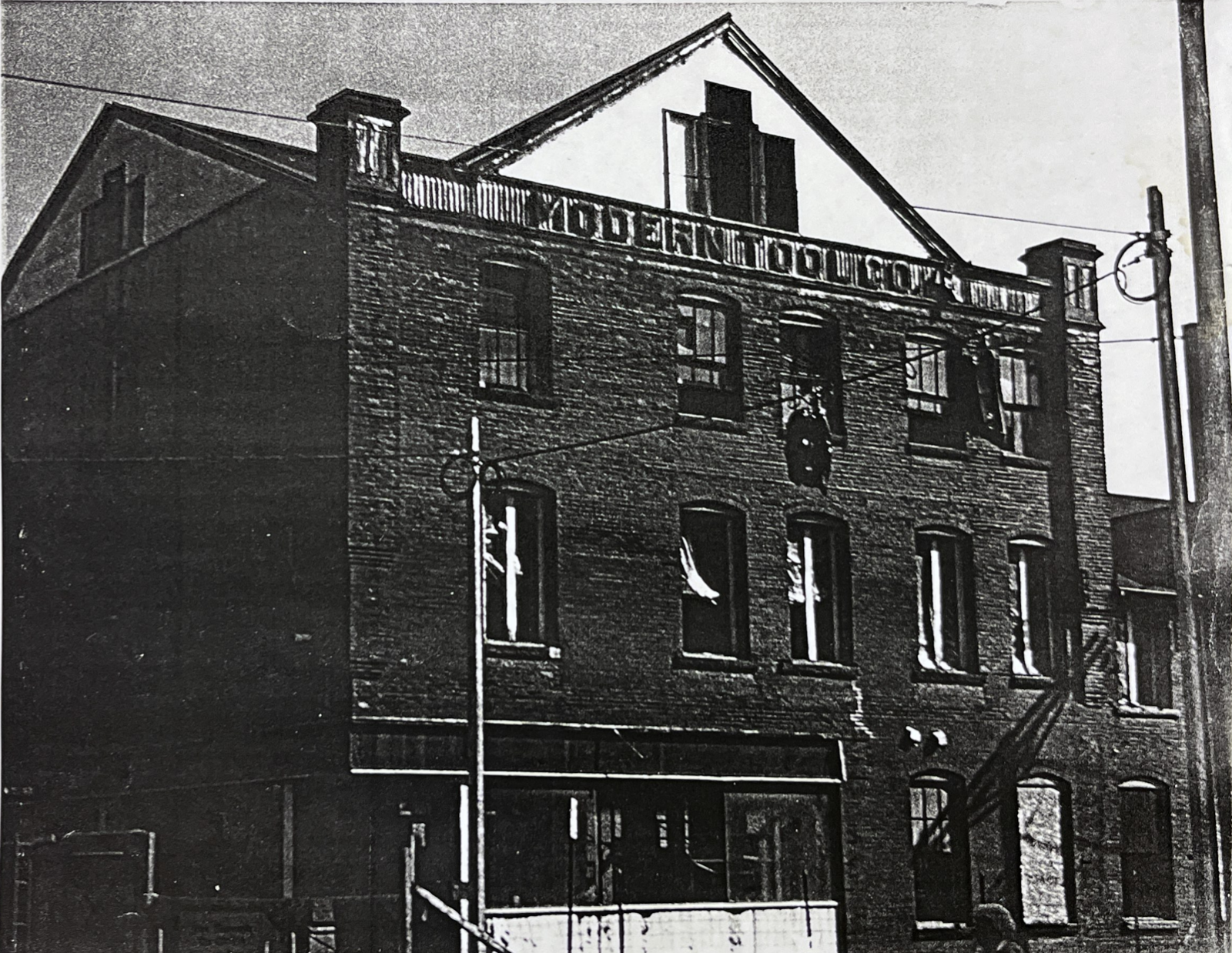
On December 31,1980, the Federal Government approved the Bayfront Urban Development Action Grant (BUDAG) for $7.3 million dollars. UDAG, started in 1978, is a federally funded grant program designed to use limited public funds in order to leverage larger private investment. UDAG's main goal was to retain existing jobs by creating new opportunities through expansion and the creation of new businesses.
The main element of the BUDAG Project involved the expansion of the Erie Insurance Exchange. The expansion included a 4 story, 200,000 sq. ft complex on the east side of French Street from 5th to 6th street along with the addition of a two level parking and storage facility along French street from 4th to 5th street. RACE involvement in the project included 65 parcels of land being acquired, 57 structures being demolished, 36 new and renovated housing units, 138 families and individuals being relocated and 17 businesses.
The project had an enormous impact on the entire area and other projects soon began. Projects resulting from the Bayfront Urban Development Action Grant included McDonald's, the Erie Art Museum relocation, Discovery Square, Growing Places Day Care Center, Glass Growers Art Gallery, Jones School Square (legal offices), Crowner King "Coach House" Building and the $40 million Bayfront Parkway which was started in 1986 and completed in 1993.
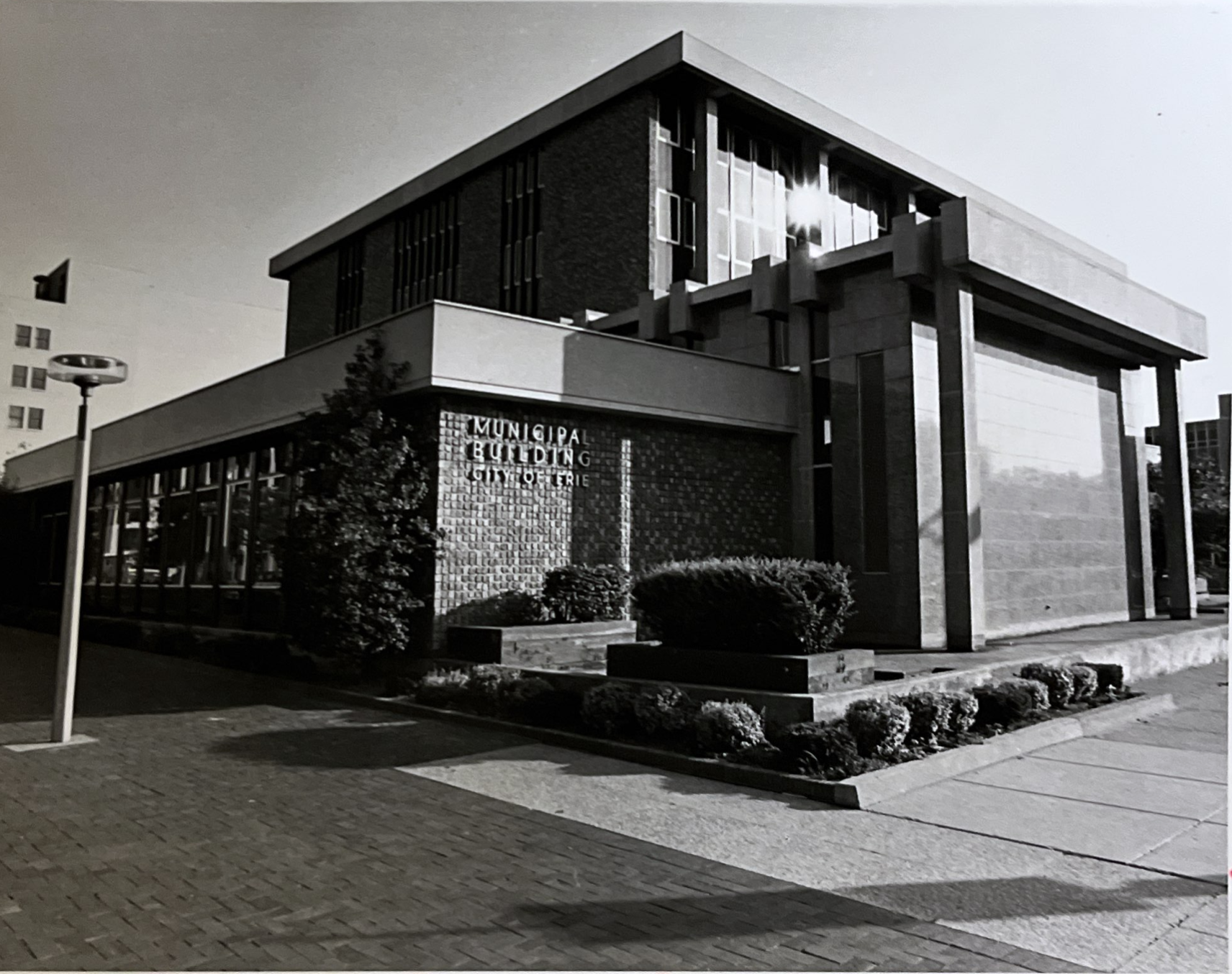
Affordable Housing project (1989)
On January 17, 1989, the Redevelopment Authority of The City of Erie along with the State, began the Affordable Housing Project. The first phase of the project involved 28 homes in the area that used over $237,000 in funds to rehabilitate the homes. The second phase begun on October 10, 1989, involved 19 homes that used over $200,000 in funds for the project. The benefits of the project allowed individuals and families to live in clean, safe, and affordable housing.
Census Tract Projects (1990-1993)
The Census Tract 19 Project was begun on January 26, 1990 and involved the area between the east side of Peach Street, the west side of Chestnut Street and the south side of 26th Street. The goal of the project was to rehabilitate twenty-four units as well as address the needs of older inner-city neighborhoods by site improvements. These improvements included turning and wheelchair ramps, new sidewalks and the removal of high-tension lines. The project would demolish the vacant and sub-standard properties in the area and remove any dying trees.
On May 15, 1992 the Census Tract 18 Project was developed. The goal was to use private financial institutions in Erie to help eliminate blight in the community. The project raised over $104,000 and the money was used to purchase and demolish structures in the area and prepare the land for new, constructive uses.
The success of the Census Tract 18 Project lead the State to fund two more projects; The Housing Assistance Program and the Housing Development Program. The Housing Development Program was begun on June 17, 1993 with funding totaling nearly $49,800. The main goal of the project was to provide assistance to eligible home buyers in the Census Tract 18 area. In addition, two structures were demolished for the Gifts for Kids organization. The second project, the Housing Assistance Program was started on July 7, 1993 and was funded for $90,000. The goal of this project was to rehabilitate 5 units in the Census Tract 18 area and make them available for first time home owners.
new homes projects (1993)
The New Homes Projects were begun on February 5, 1993 with the public and the private sectors contributing to the funding of the projects. The State provided $143,500 to the project for the constructing of two new homes in the Census Tract 18 area. The new homes were sold to eligible buyers who used the money for down payments. Mellon Bank provided funding to the project by contributing $103,000 to build two new homes in the area that were sold to eligible home buyers who used the funds for down payment assistance. The combination of the two projects was significant because it had brought together the private and public sectors in an effort to benefit the community.
Community Development Block Grant
The past 26 years, the Community Development Block Grant (CDBG) has been a major contributor to the revitalization of the City. RACE has received over $30 million in funding from the CDBG for use in city wide effort to eliminate blight. The funding has been used for the rehabilitation, acquisitions, demolition, and relocations across the City. It's important to note that sometimes people only take notice what they can see and fail to notice the intangibles. The lasting benefit the CDBC has had on the community is the families and individuals it's helped and will continue to help in the future.
In the early 2000's the authorities became focused on neighborhood stabilization through federal grants. These grants included HOME, CDBG and Lead Hazard Control.
Recent redevelopment history
Coming Soon
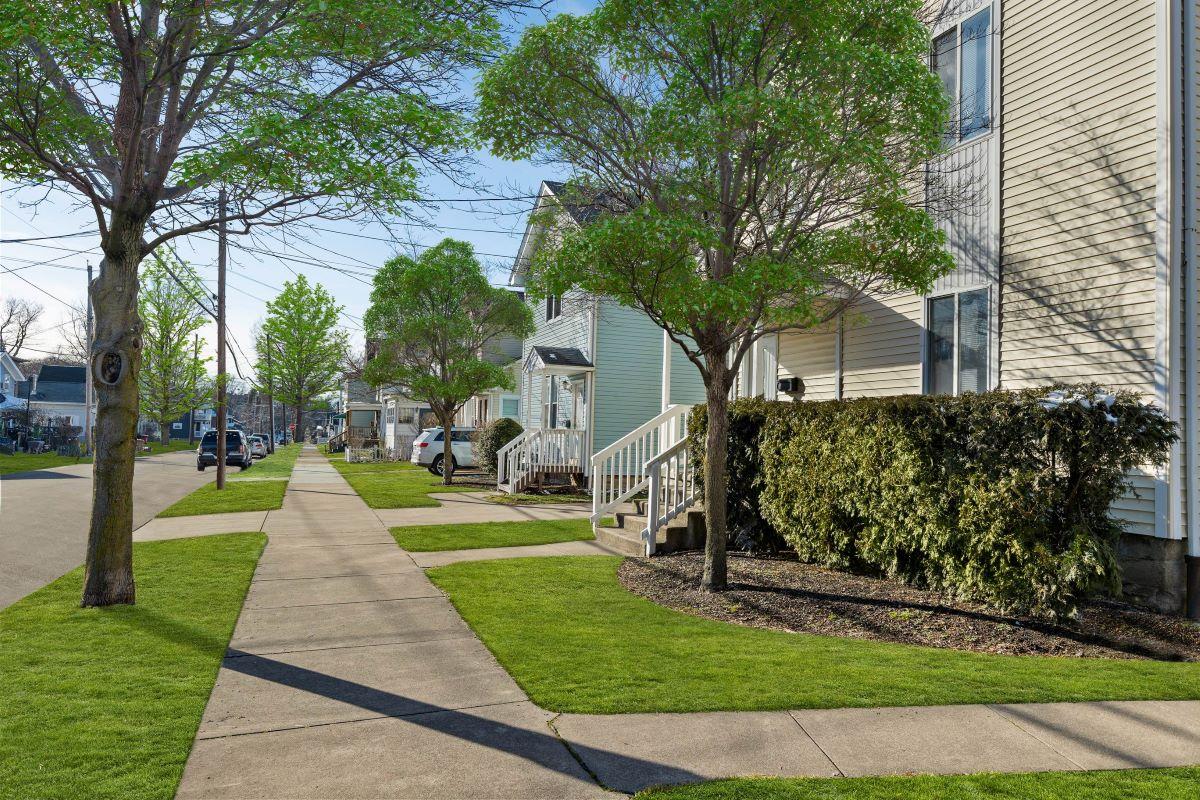
Committed to Erie, committed to you
Meet Our Team
The Redevelopment Authority of the City of Erie staff is dedicated to uplifting communities by creating structurally and environmentally sound neighborhoods that are safer to work, live, and play in.
